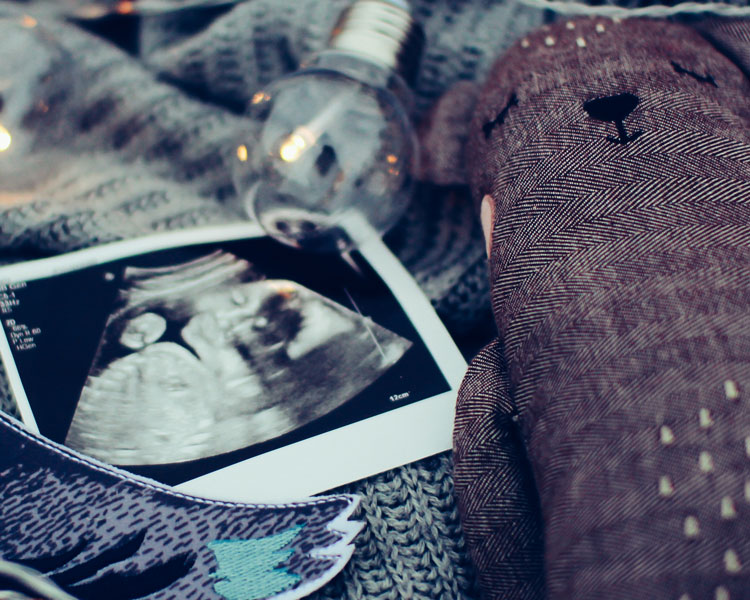The amniotic membrane (or amnion) is composed of thin layers of fetal membranes on the inner side of the placenta. It is critical for the protection and confinement of the developing fetus.
Researchers have found that the amnion’s unique composition of cellular components and growth factors provide many benefits for those in the healing process. At TriForLife Birth Tissue Recovery Group, our mission is to recover these precious tissues that may otherwise become hospital waste.
Reconstructive surgeons have been using human amniotic membranes in various procedures since the early 1900s. Now, those suffering from difficult-to-heal wounds and soft tissue injuries can also benefit from amnion. In addition to using amnion as a natural biological membrane at the surgical site, some other common uses of amniotic membrane include the following:

Amnion has the potential for use as a wound covering in tens of thousands of surgeries annually. The use of amnion is often safer for the patient because it eliminates the need to remove the patient’s own tissue. Harvesting a tissue graft from the patient can be quite painful, and having a secondary healing site increases the risk of infection.
Unfortunately, hospitals routinely discard birth tissue as medical waste. TriForLife believes that by donating their amniotic membranes and other birth tissue, mothers can provide hope for healing to many who are suffering. For more information about our services, contact our Tennessee office at 423-900-8495.
TriForLife • Placenta Donation • Birth Tissue Recovery